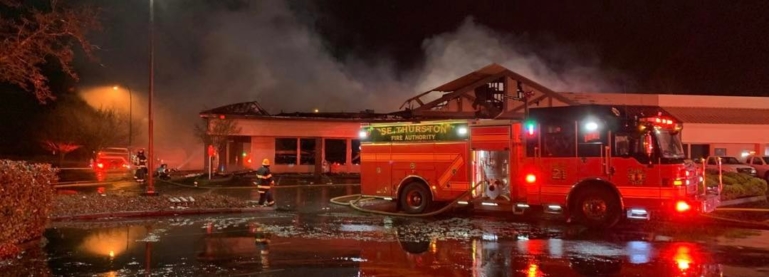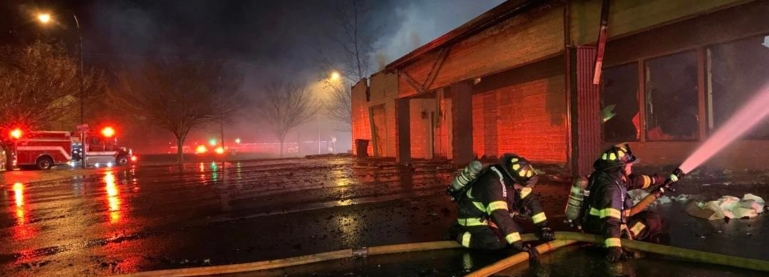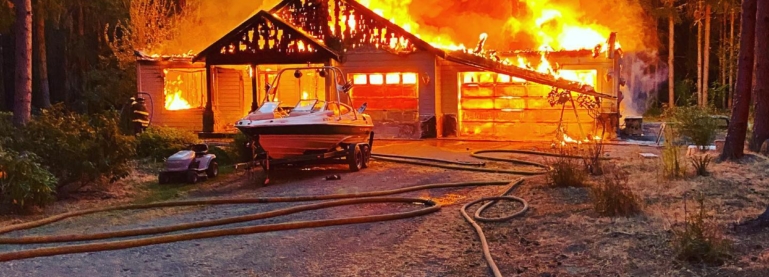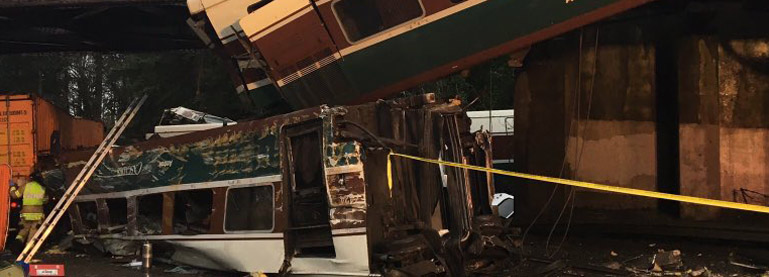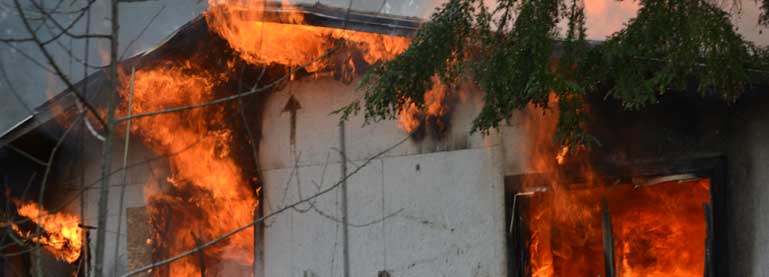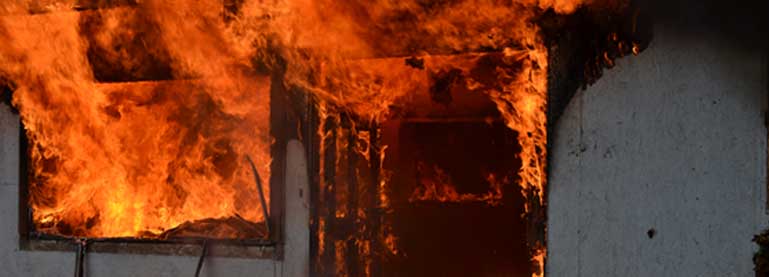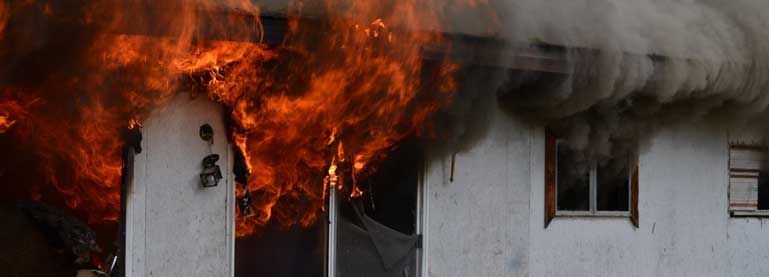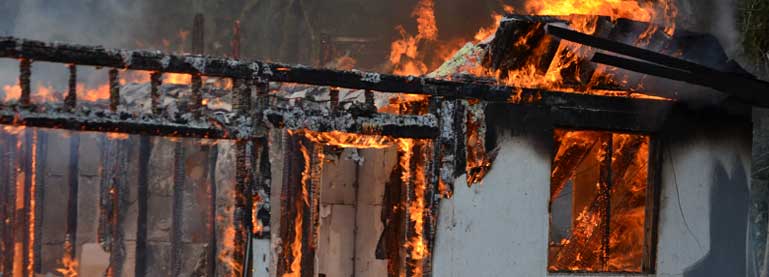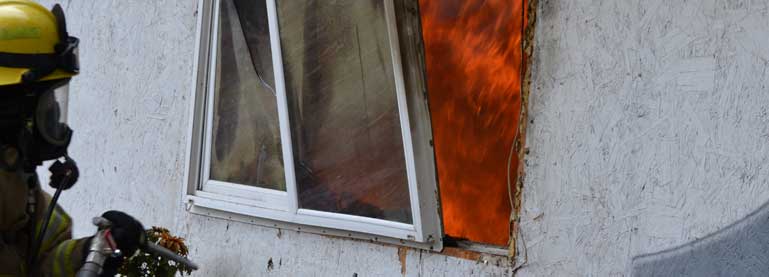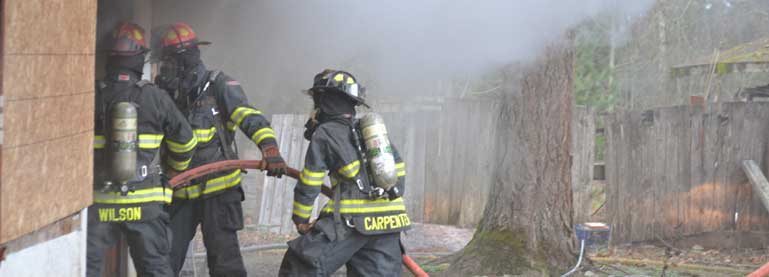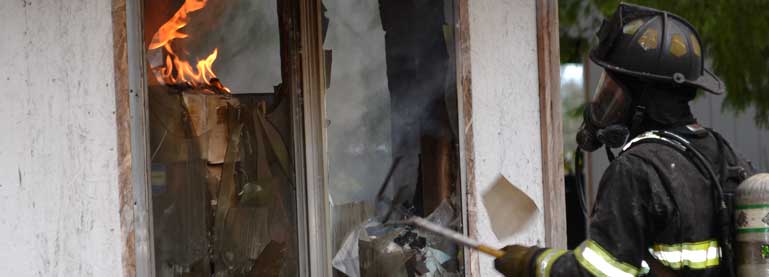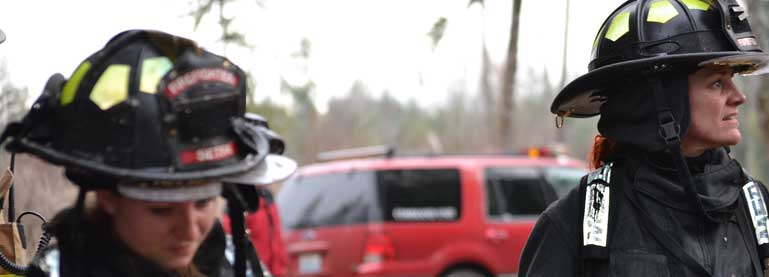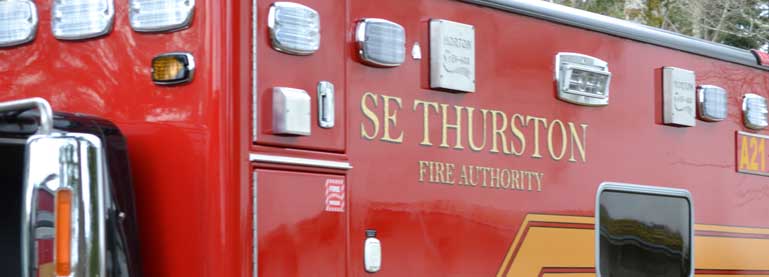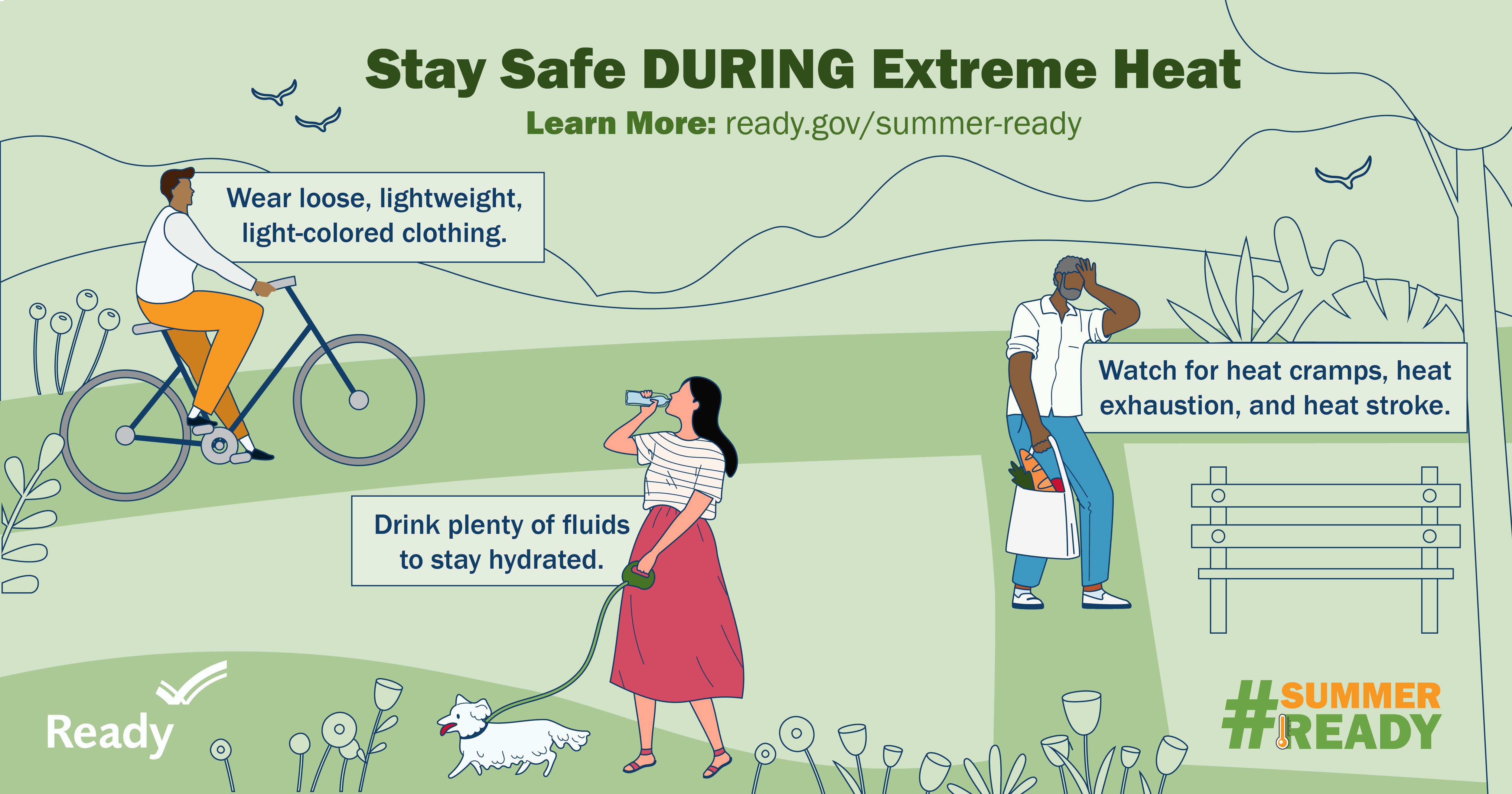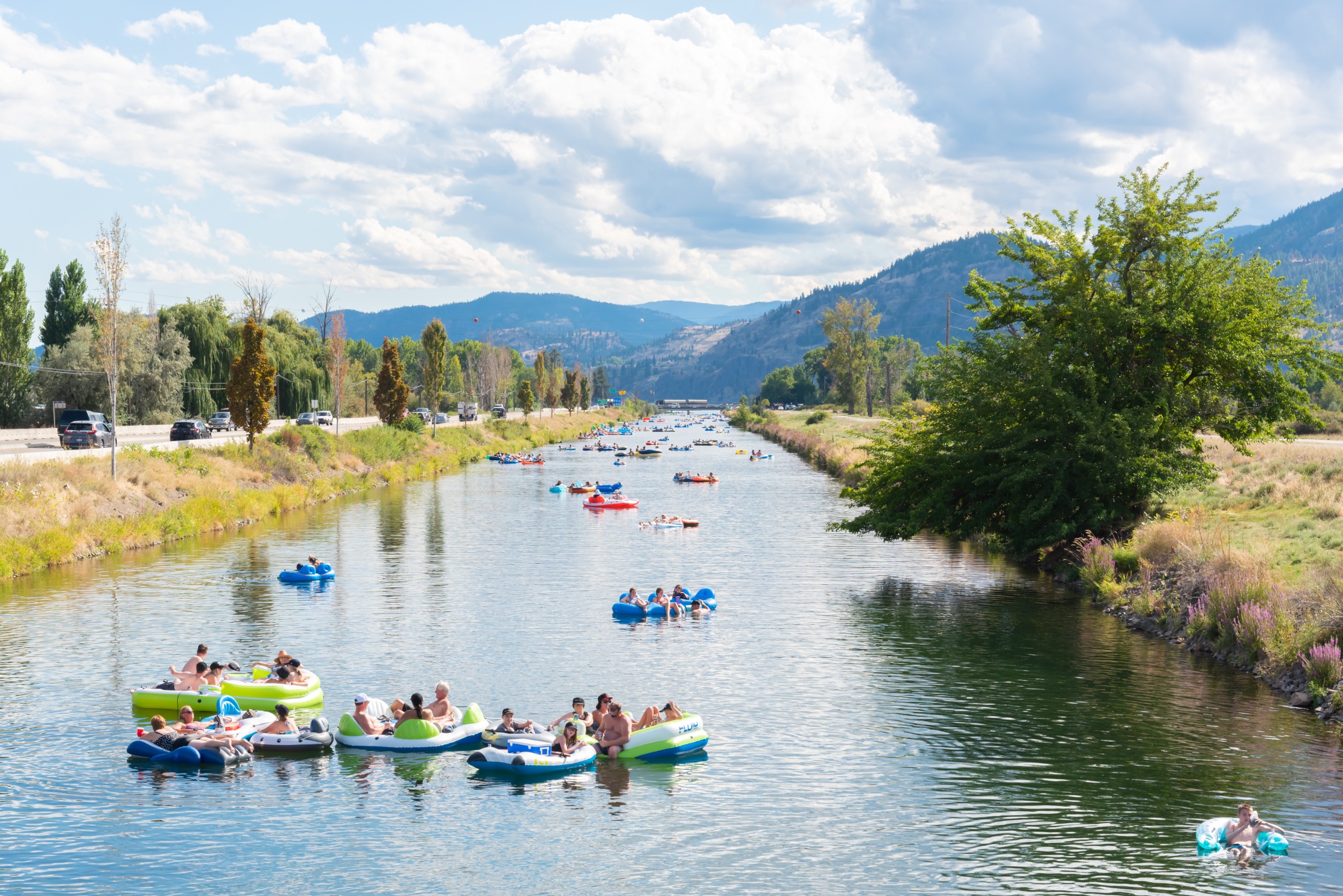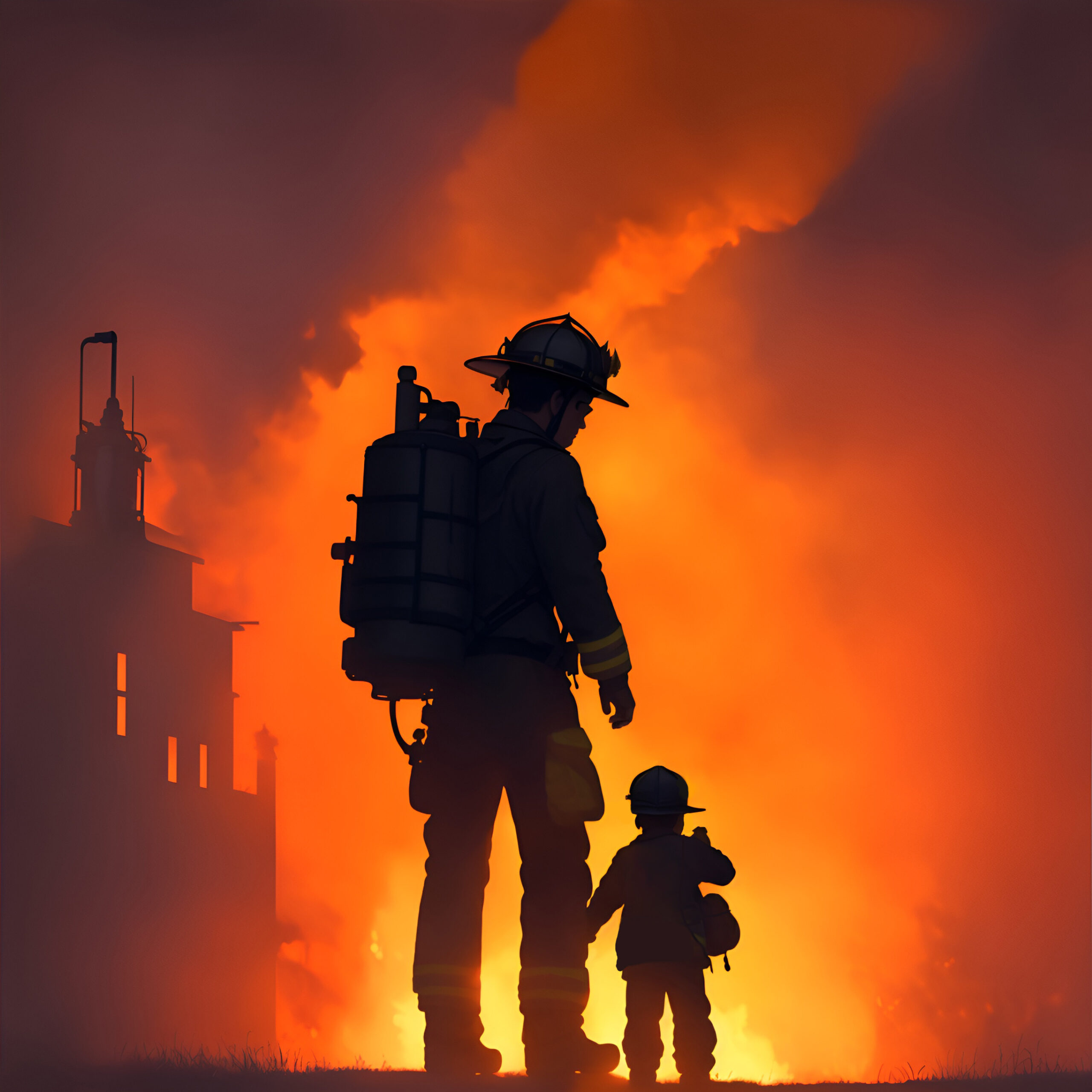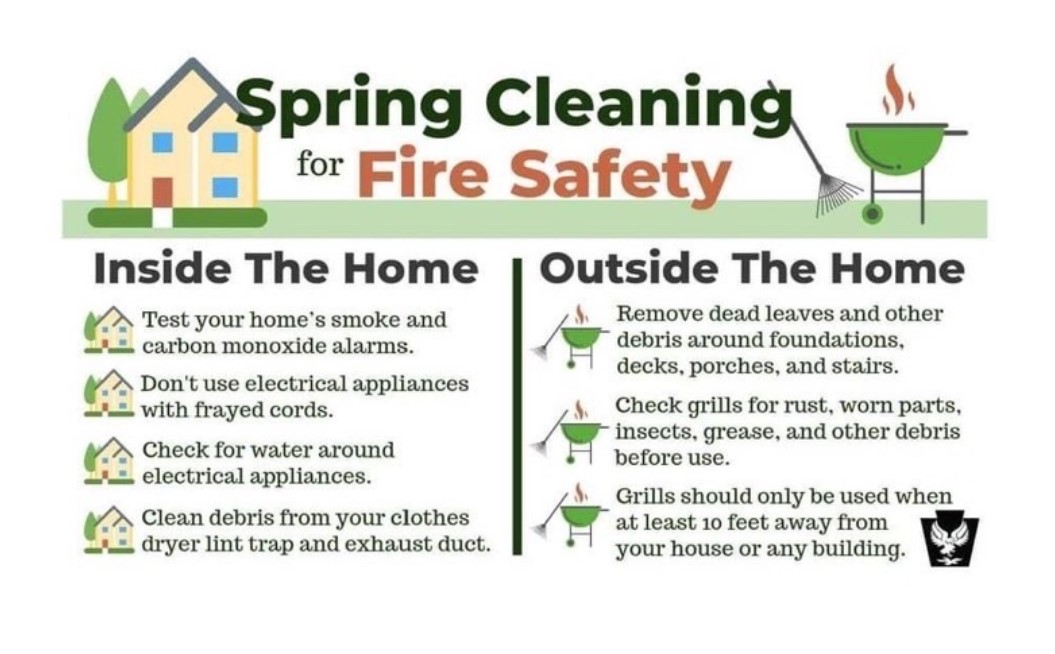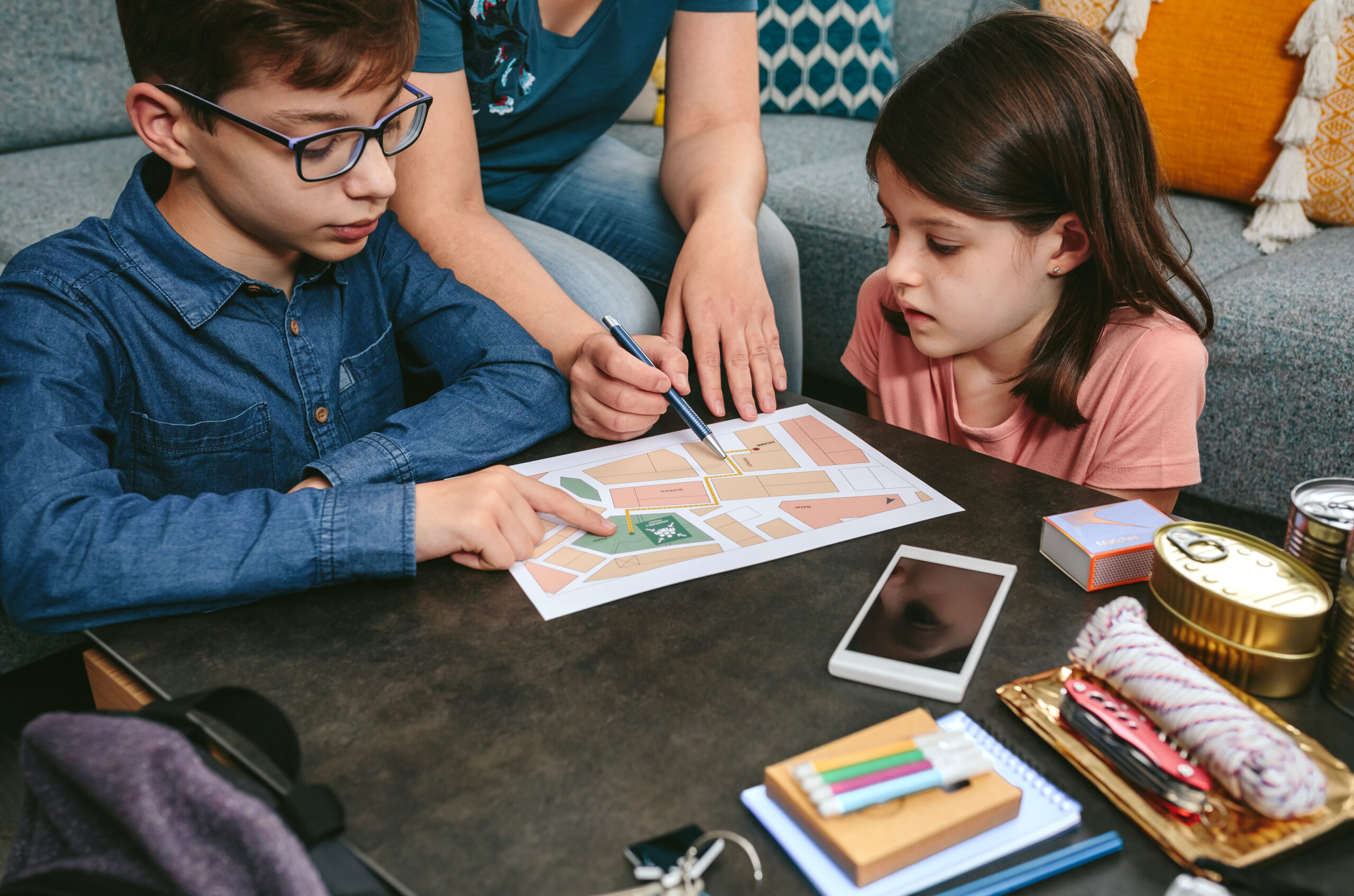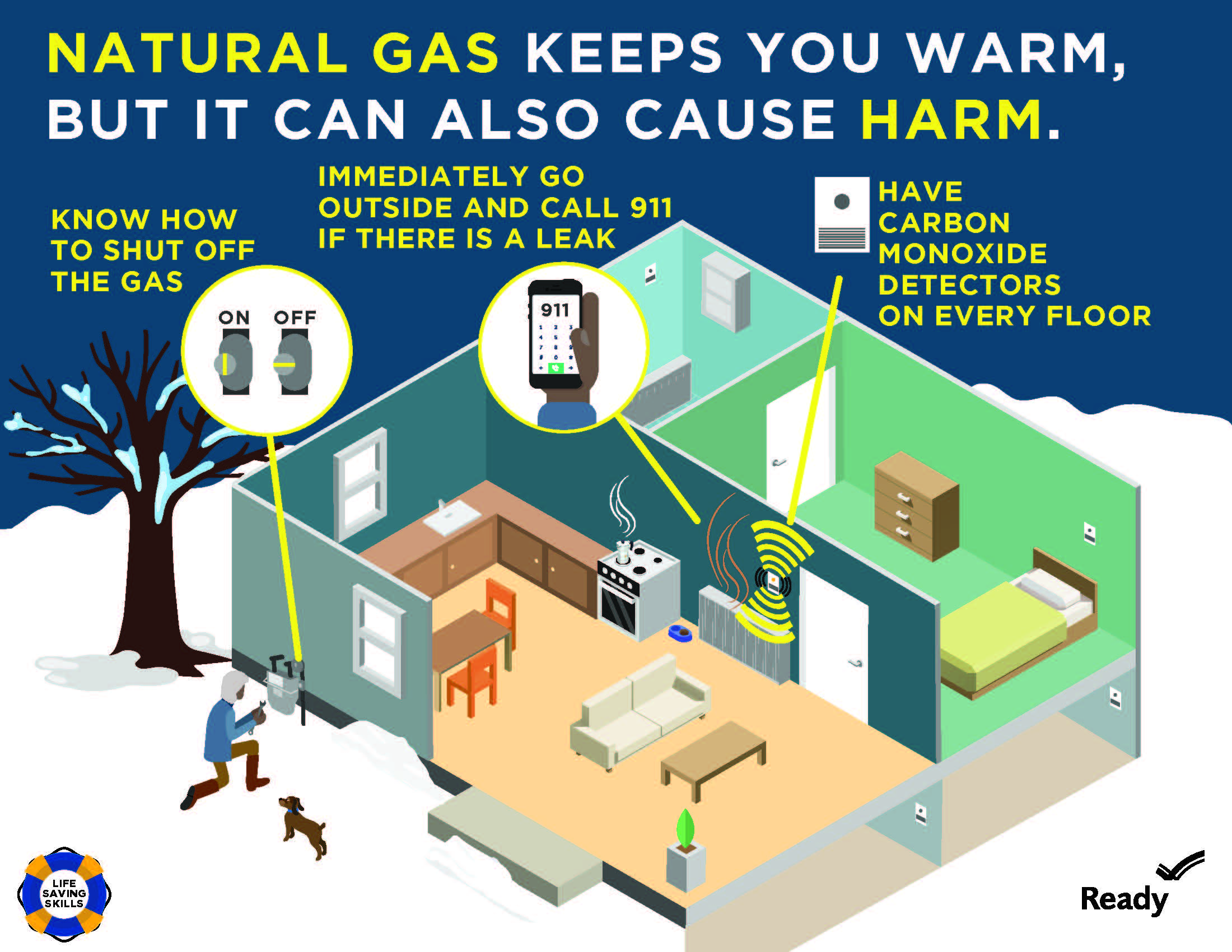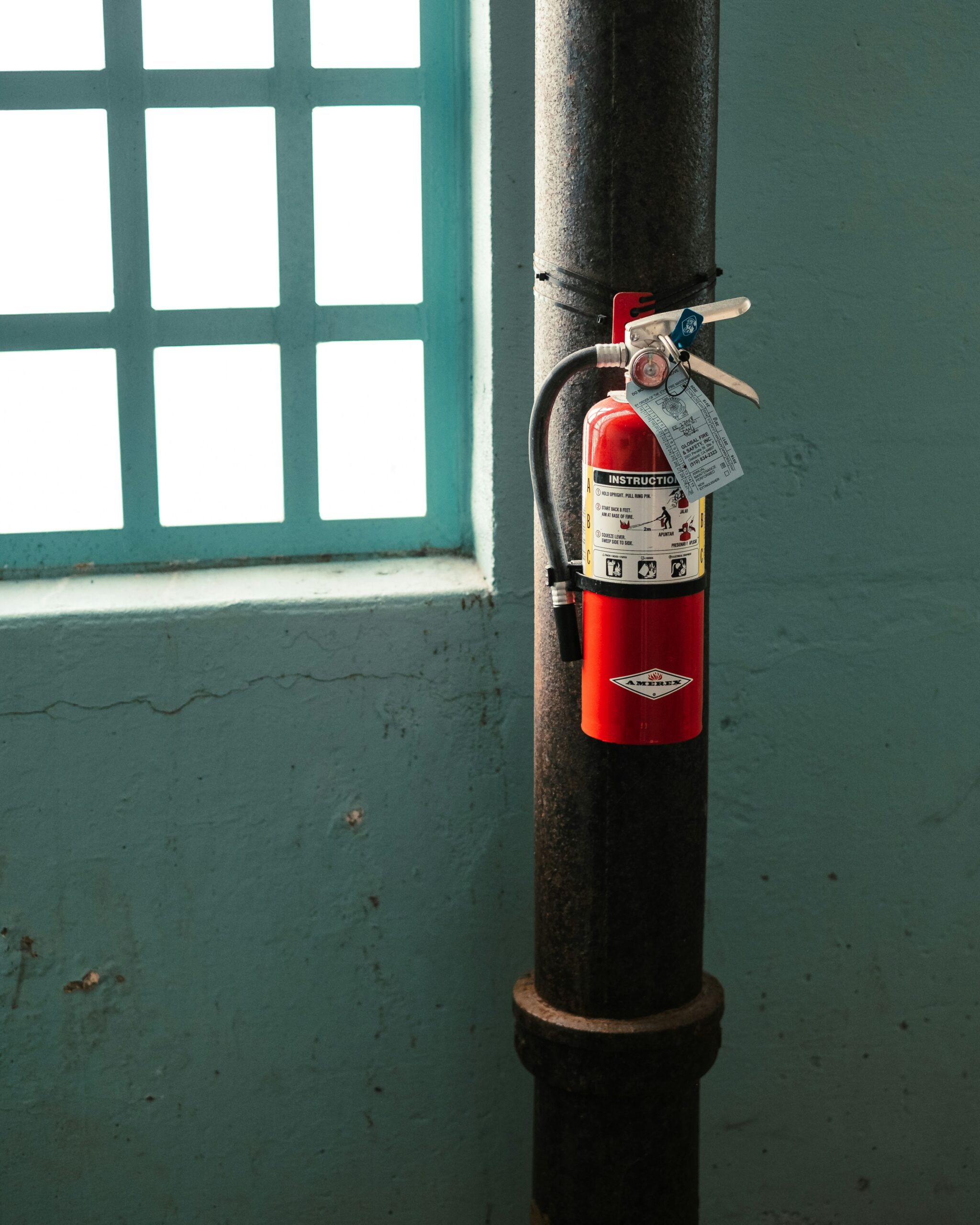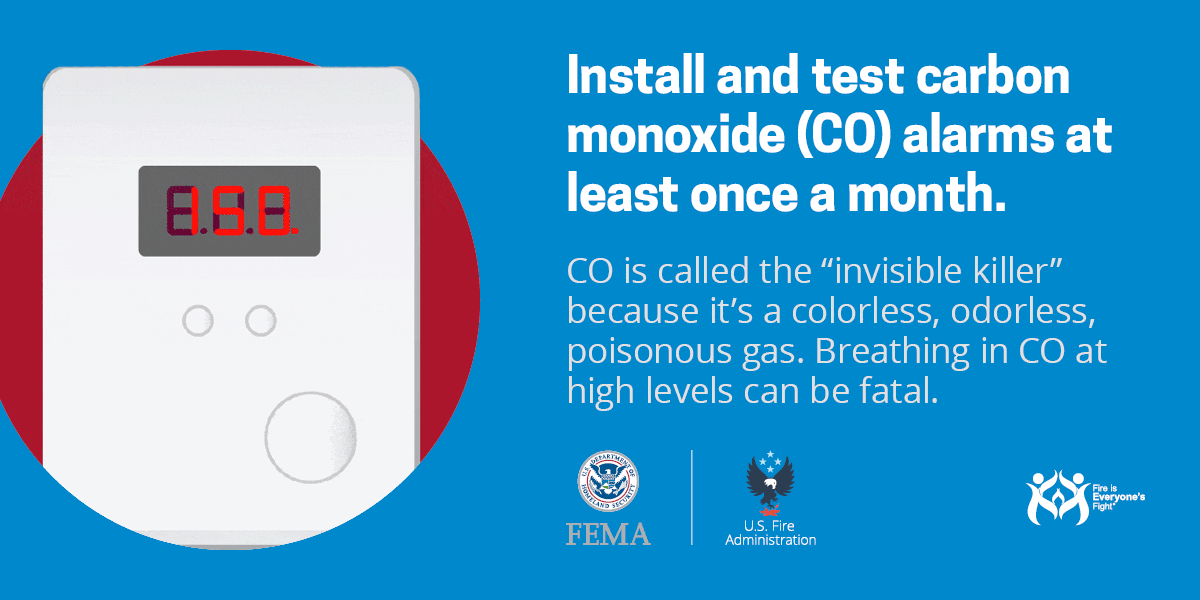Heavy rain storms including lightning and thunder are rolling through Washington this weekend, and are expected to hit Thurston County. While rain is not uncommon here in Washington, lightning and thunder are less common, so it’s important to make sure you’re prepared for the increased storm severity.
When thunder roars, go indoors.
While lightning and thunder may seem, well, electrifying and exciting, they bring new concerns with them. Stronger winds and lightning strikes can down anything from trees to power lines, bodies of water such as rivers, lakes, and the ocean can become unexpectedly choppy and deadly, and traveling by road can become dangerous due to slippery conditions and darkness. It’s safest to just stay indoors.
Steer clear of metal objects.
While taking shelter in a building with metal sides or components, or even in a car, is generally considered safe, avoid touching any metal structures during a lightning storm. Lightning, being electricity, can strike and conduct through metal objects, and if you’re in contact with them when this happens you can receive harmful or deadly amounts of electricity in your body.
Watch weather alerts and warnings.
Keep a close eye on weather alerts and warnings, as storms may suddenly worsen or extend beyond the expected time. Remember, if at all possible, stay inside and do not travel during a thunder storm, as heavy rain, winds, and lightning can be incredibly dangerous to everyone outside, whether on the road or just near your home.
CLICK HERE to read an info sheet from ready.gov for more information on preparing for lightning and thunder storms.

